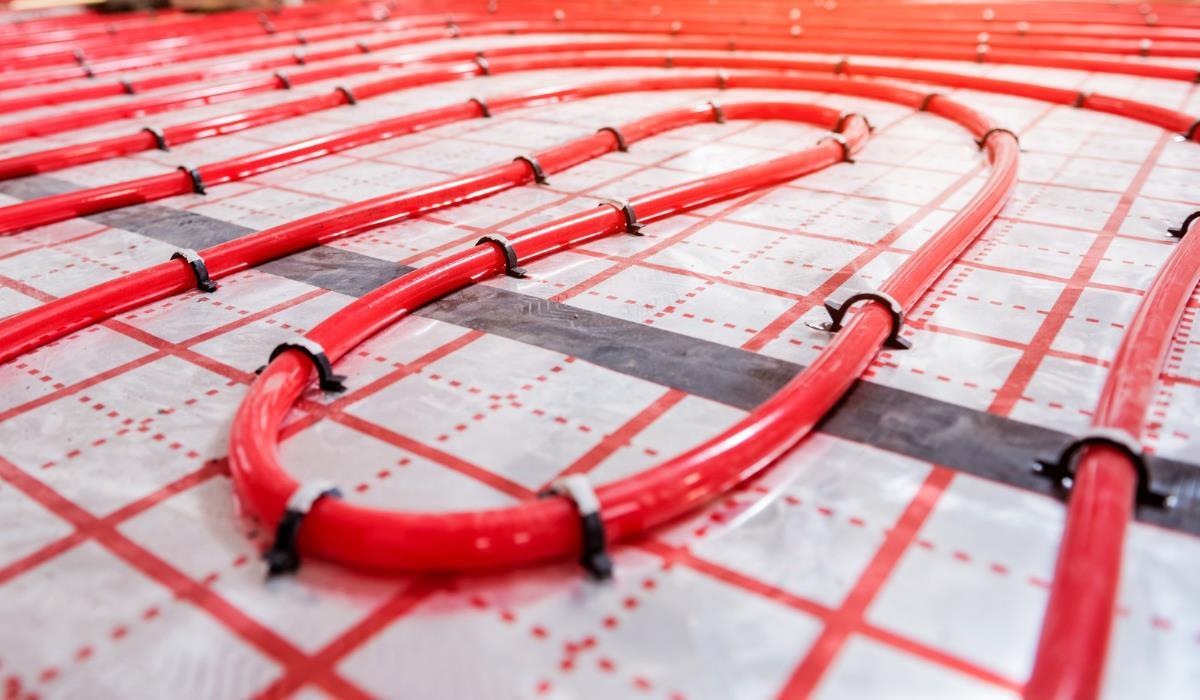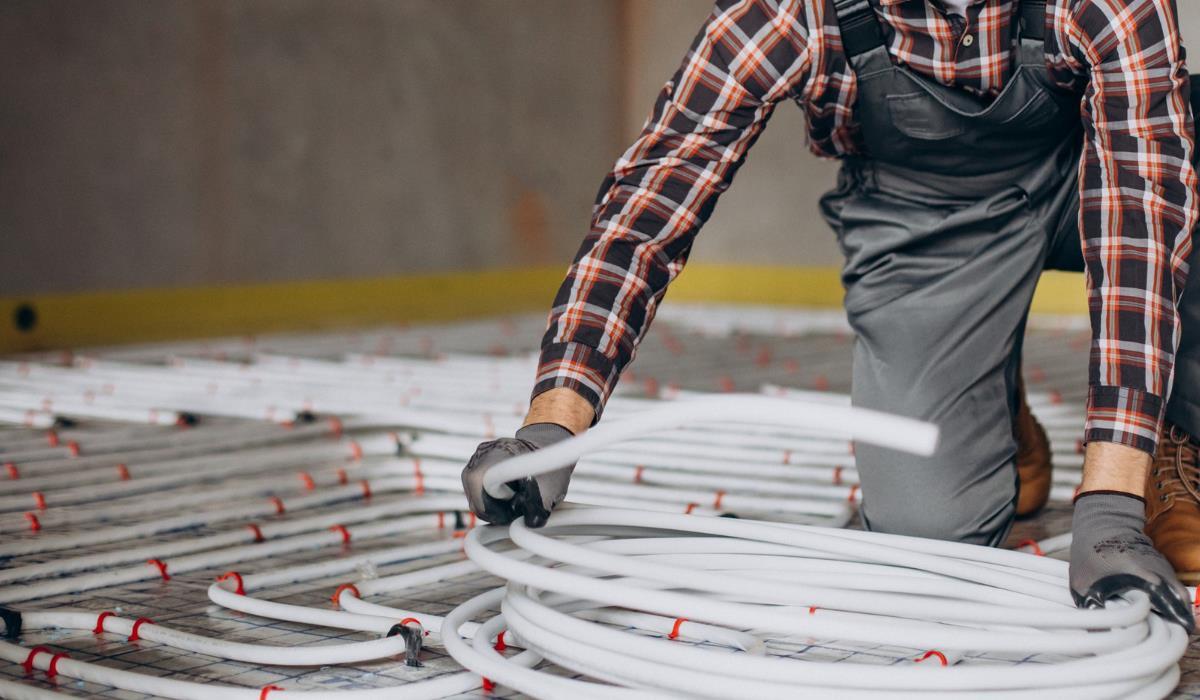This question bothers many people who plan to finish their house or apartment. Many opinions about this solution result from outdated beliefs about the properties of wood and the thermal performance of buildings. Today’s buildings are well insulated, airtight and have good woodwork and ventilation, which allows the use of wooden floors on the floor.
A wooden floor on a floor is possible and has many advantages. They point out that in new buildings the thermal needs are much lower than a dozen or so years ago, which reduces the requirements for floors that act as radiators. In addition, wood as an insulator is a relative term, because the floor radiator is designed to provide such an amount of heat that will compensate for room losses, leaving its temperature at a constant level. Therefore, a wooden floor on a floor can be as effective as stone or ceramics.
What should be considered when laying parquet on a floor?
First of all, remember that wood is a living material that can react to changes in temperature and humidity. Therefore, it is important that the wood has time to acclimate before installation, and the substrate on which the parquet will be laid should be dry and properly prepared. It is also worth investing in solid insulation of the heating plate and paying attention to the quality of the floor components.
Costs
Investment and operating costs are another important aspect that should be taken into account when choosing a floor for covering an underfloor heating. Although the parquet on the floor may be a bit more expensive than other types of floors, but when properly made, it easily compensates for the thermal needs of the heated building. In addition, depending on the type of cladding, running costs may vary slightly, but overall the differences are small.
Summary

Opinions on laying parquet on the floor are not unambiguous. Currently, it is possible thanks to solid insulation and the use of high-quality floor elements. A heated floor can have a maximum thermal power of about 50W/m2, which translates into a maximum temperature of the floor surface of about 25°C. In new buildings, thanks to lower thermal needs, the wooden floor on the floor can be more resistant. The higher price of the parquet results from the increased number of heating cables and installation accessories. In any case, however, a properly made heated floor compensates for the thermal needs of the heated building, regardless of the type of floor. Investment planning, selection of appropriate materials and an expert, as well as taking into account a solid layer of thermal insulation are the key factors that will allow you to optimize the effects and costs of the investment. However, you should take into account the increased investment and operation costs of the parquet on the floor.



